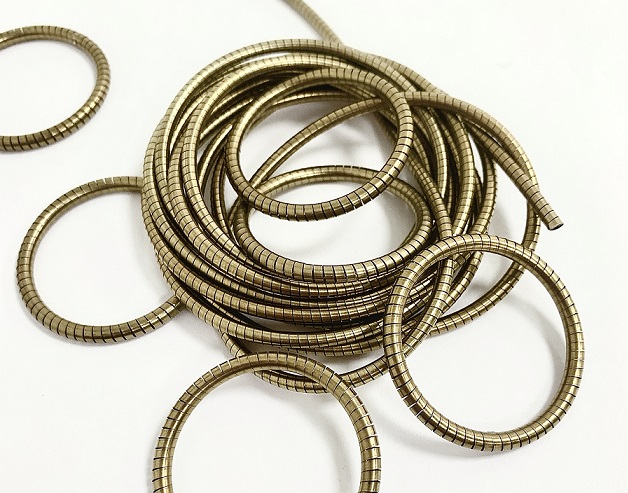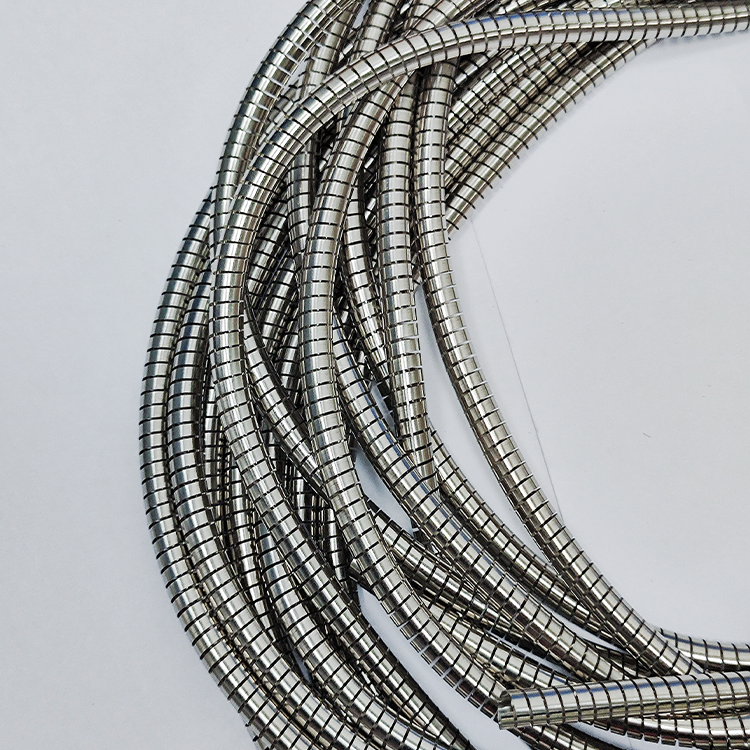The design process of helical springs is rigorous and meticulous, and many potential influencing factors must be comprehensively evaluated in order to achieve the ideal effect.
first, deeply understand the specific requirements, including application environment, load bearing load, rotation angle, operating temperature, and environmental conditions (such as corrosion degree, vibration conditions), etc.Second, select the appropriate spring according to actual needs. Common materials include carbon steel, stainless steel and various alloy steels. Then, determine the key parameters of the spring, such as wire diameter, coil diameter, effective number of turns and spring free length, which are important factors that affect spring performance. Finally, accurately calculate the stiffness of a spring, which is an important measure of the force required to compress or stretch a spring a specific distance.

In order to ensure that the helical springs can operate stably and maintain excellent performance in your application scenarios for a long time, we will provide professional installation and maintenance suggestions.Please be sure to follow our instructions to avoid unnecessary damage.

Overall, the design of helical springs is a complex process.And it requires a deep understanding of mechanical engineering principles, materials science, and manufacturing processes.We firmly believe that we will be able to tailor-make a coil spring that meets your needs and has superior performance.